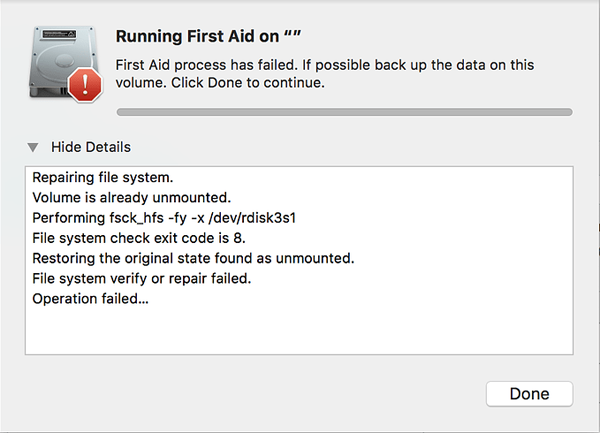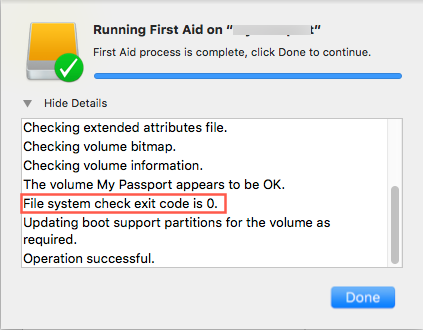

The next thing you will need to do is find out the name of the file(s). If you get this message, SFC found a file or files that it couldn't repair.

Sfc /scannow sfc /verifyfile=c:\windows\filetobereplaced.dll sfc /scanfile=d:\windows\filetobereplaced.dll /offbootdir=d:\ /offwindir=d:\windows sfc /verifyonly OFFWINDIR (For offline repair specify the location of the offline windows directory.) OFFBOOTDIR (For offline repair specify the location of the offline boot directory.) VERIFYFILE (Verifies the file's intergrity with full path. SCANFILE (Scans integrity of the referenced file, repairs file if problems are identified. VERIFYONLY (Scans integrity of all protected system files. SCANNOW (Scans integrity of all protected system files and repairs files with problems when possible.) The most commonly used syntax/switch is: sfc /scannow. The following is the syntax and switches for SFC. How to open a Command Prompt with Administrator privileges in Windows 10 There is no shortcut or link to SFC in Windows 10, as it runs inside an Administrative Command Prompt. You can also build it into the Microsoft Diagnostics and Recovery Toolset ( DaRT). SFC has been included in every version of Windows since Windows XP. Here's how to check Windows 10 system files with System File Checker. SFC checks for system files that may have gotten corrupt or replaced with incorrect versions. The one program I use the most on Windows computers would have to be System File Checker ( SFC).

I was thinking the other day about what program I use the most in doing computer repair.


 0 kommentar(er)
0 kommentar(er)
